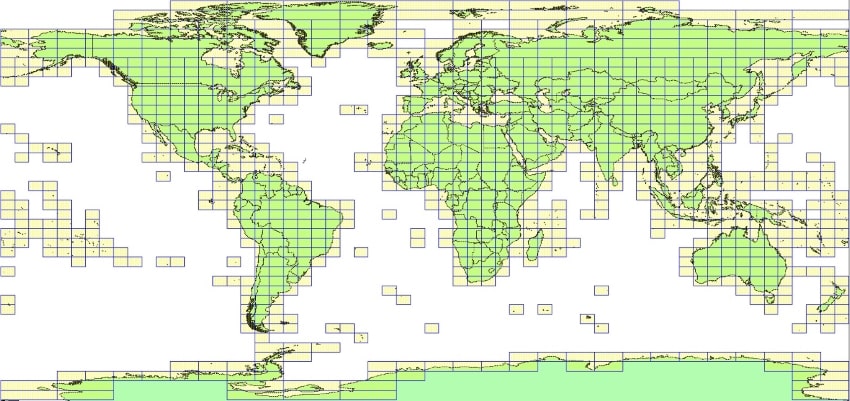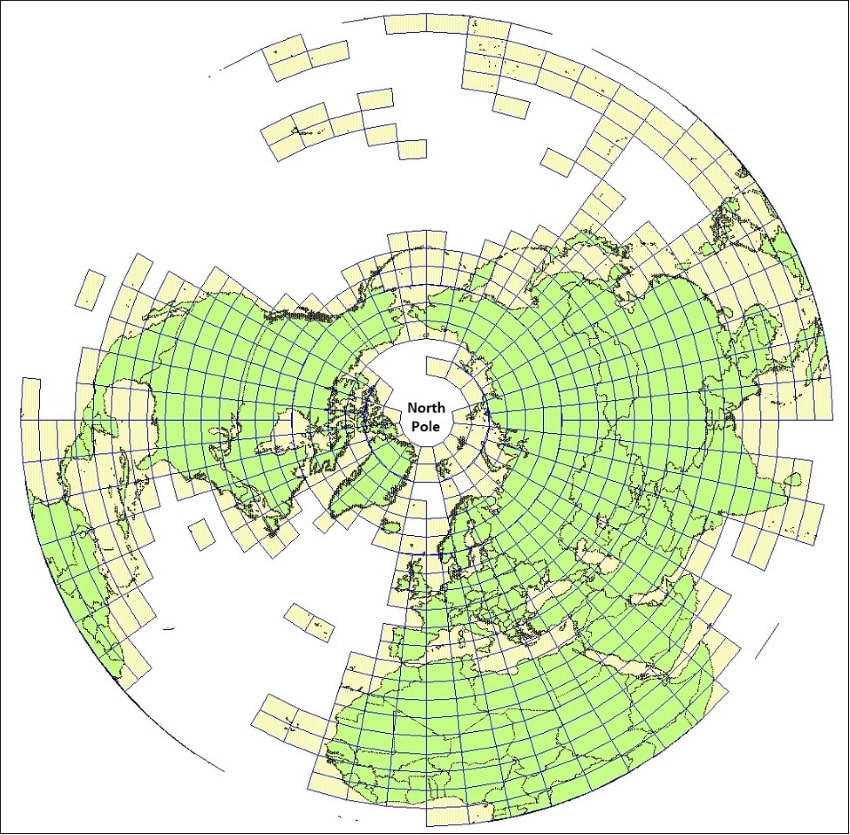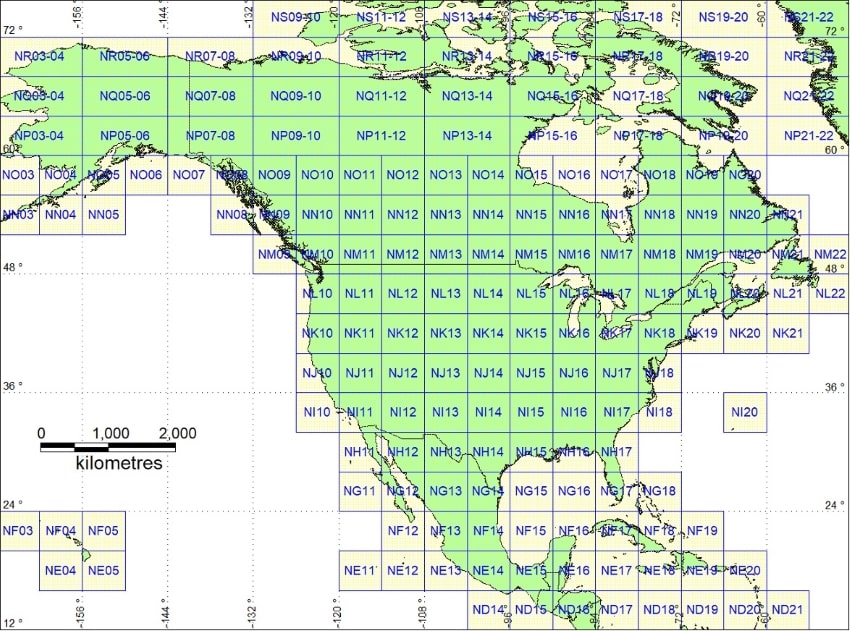Orogenic Exploration Pty Ltd
Welcome
Consulting
• Australian Potash Brine
• Capturing Data
• Ellendale Lamproite
• Parnaroo Loam Grid
• World Map Index
Projects ↴
• Flinders Island
Previous Projects ↴
• Eyre Peninsula
• Shell Lagoon
• Terowie South
Project Generation
Image Galleries ↴
• Diamond Exploration
• Metal Exploration
Contact
International Map of the World Index
The Diamond Exploration Database maintained by Orogenic Exploration contains samples from across Australia and around the world. It also includes meteorite and lunar sample details as often they contain minerals that can be compared to minerals found in the mantle of the Earth and used in diamond exploration.
To help in searching for samples within a particular areas most samples have UTM coordinates captured, together with standard map indexes. The standard map index for all Earth samples is the International Map of the World (IMW) and for Australian samples this is also combined the 1:100,000 standard map sheet index (see Geoscience Australia). The International Map of the World was a project started in 1913 designed to create a complete map of the world at a scale of 1:1,000,000 according to internationally agreed standard. The map series was abandoned but the indexing system outlived the international project and is still used in national and international mapping programs by Australia, Russia and the United States (including UTM grids used by GPS units).
Unfortunately many samples from published papers have extremely poor location details and the best that can be done is assign the International Map of the World sheet.
To encourage the use of the International Map of the World in published maps the following digital index map layer is provided. The names of many of the map sheets are not official as a full listing could not be located. The boundaries of the sheets are in degrees (we used WGS84 datum) with all sheets spanning 4 degrees latitude (height north to south) and most spanning six degrees of longitude (width west to east), but this increases in steps (12 then 24 degrees) near the poles to account for the meridians lines (east and west sides) converging. As degrees of latitude are parallel the distance remains almost constant with all IMW map sheets covering 444 kilometres in height (north-south).
We welcome suggestions to improve this map layer. It is provided in MapInfo Interchange format (.mif) which most mapping and graphing software (like Golden Software Surfer) can open or import. A new version is provided with more map names and an increased number of nodes on the sheet polygons nearer the poles to make the boundary lines smoother if a curved projection is used.
Click here to download the IMW Index data.



Authorised by Steven Cooper
Maintained by Ian Savicky
Copyright Notice and Disclaimer